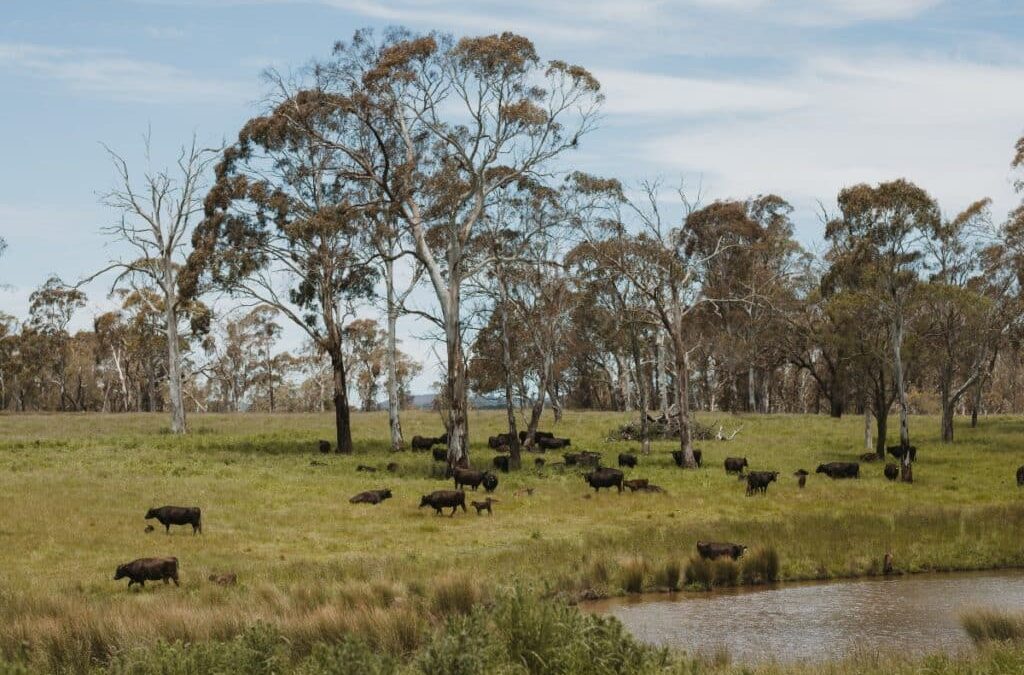BHP and Rio Tinto have become foundation investors in a new fund aiming to develop large-scale, nature-based carbon sequestration projects in Australia to support the global transition towards a low-carbon economy.
Managed by Silva Capital – a joint venture between investment managers Roc Partners and C6 Investment Management – the Silva carbon origination fund will focus on developing mixed used agricultural and environmental planting projects in Australia.
The fund aims to raise $250 million, with BHP, Rio Tinto and Qantas, also a foundation investor, having already committed $80 million.
Silva Capital will originate and manage high-integrity Australian carbon credit units generated through land reforestation initiatives. The joint venture will also invest in Australian agricultural land to develop large-scale carbon sequestration projects by reforesting cleared areas while ensuring the land remains productive for farming.

By integrating carbon projects with traditional farming, Silva Capital aims to balance agricultural productivity and environmental stewardship by adopting a model that supports economic and ecological sustainability.
The Silva Carbon Origination Fund is one of the first funds in Australia to provide investors with access to large-scale, high-integrity carbon credits from land reforestation projects integrated with sustainable agriculture.
BHP vice president climate Graham Winkelman said the Big Australian’s investment in the Silva carbon origination fund aligns with its carbon credit standards.
“BHP is actively pursuing structural GHG (greenhouse gas) emission abatement from our operations to meet our FY2030 (2029–30 financial year) target, but we anticipate a role for carbon credits as part of achieving our 2050 goal for net-zero Scope 1 and Scope 2 GHG emissions from our operations, and to meet compliance obligations under the Safeguard Mechanism Act,” Winkelman said.
The Safeguard Mechanism Bill 2023 legislates limits on the greenhouse gas emissions produced from industrial facilities in a bid to help achieve Australia’s emission-reduction targets of 43 per cent below 2005 levels by 2030 and net-zero by 2050.
Rio Tinto chief decarbonisation officer Jonathon McCarthy said the company is “absolutely committed” to decarbonising its operations, but noted the technologies needed to do this “will take time to develop and implement”.
“Our investment in the Silva carbon origination fund helps us meet our compliance obligations with high-integrity carbon credits,” McCarthy said.
“We also believe it is important to enable more carbon projects that partner with farmers and local communities to integrate agriculture with nature repair.”
Silva Capital co-managing director Raphael Wood welcomed BHP, Rio Tinto and Qantas as foundation investors.
“Their partnership and commitment highlight the importance of high-integrity carbon credits in the transition to a low-carbon economy,” Wood said.
“This fund represents not only an investment in carbon abatement but a significant milestone in Australia’s carbon market, that will, importantly, support the long-term success of our farming communities and nature repair.”



